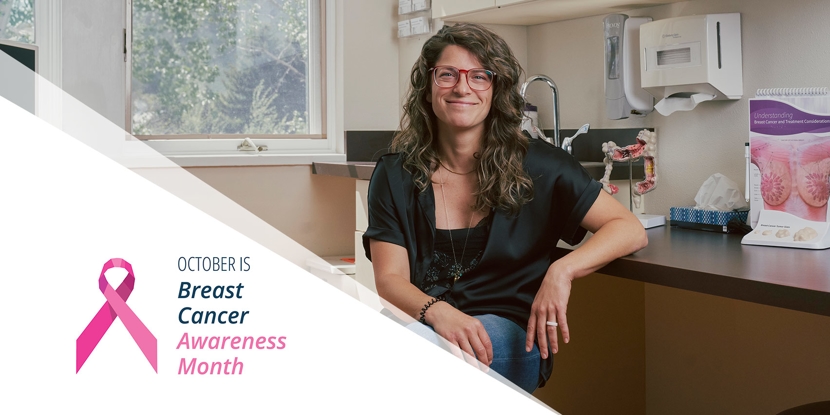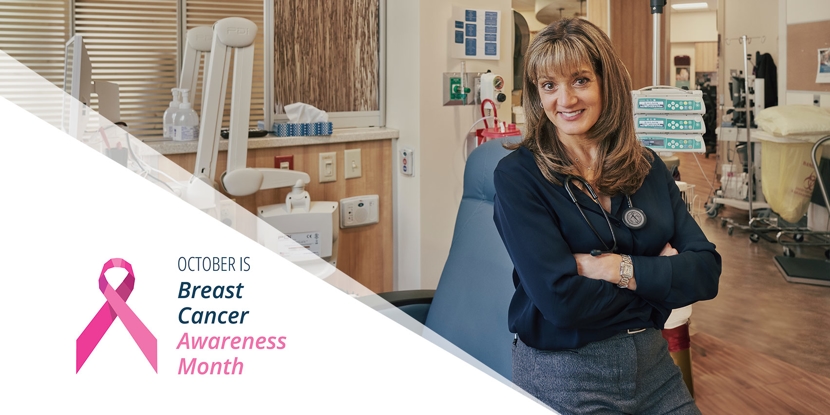Protect Your Skin: Preventing Melanoma
- Category: Men's Health, Cancer Care, Wellness
- Posted On:
- Written By: St. John's Health
.jpg)
Ways to Lower Your Risks of Melanoma
Getting outdoors in the sunshine is great for your mental and physical health — but it can have life-altering consequences for your skin. Melanoma is a type of cancer that can occur on any part of the body, but it is most common on the skin facing the sun.
While there is no sure way to prevent melanoma, the good news is that being aware of the following statistics and tips can help reduce your risks.
Key Statistics to Know
It's essential to know your risks when it comes to protecting yourself against cancer and other chronic conditions. Melanoma starts in the cells that produce melanin — the pigment that gives your skin its color. According to the American Cancer Society, melanoma accounts for only about 1% of skin cancer diagnoses yet causes many skin cancer deaths.
Additional studies show that:
- About 99,780 new melanoma cases will be diagnosed in 2022.
- Roughly 7,650 people are expected to die of melanoma in 2022.
- The rates of melanoma have been increasing for the last 30 years.
- Nearly 10% of all people with melanoma have a family history of the disease.
- The risk of getting melanoma increases with age.
- Melanoma is more common in men than women.
Prevention Tips
While the exact cause of all melanomas isn't clear, exposure to ultraviolet (UV) radiation from the sun or tanning beds increases your risk of developing this form of cancer. Limiting your exposure to UV radiation is one of the best ways to help reduce your risk of melanoma.
You can reduce your risk of getting melanoma by taking these additional precautions:
- Use sunscreen with a Sun Protection Factor (SPF) of 30 or higher every day. Sunscreen should be applied to all exposed skin, including the lips.
- Wear clothing that protects skin from the sun, such as long pants, a long-sleeved shirt, and a wide-brimmed hat.
- Seek shade when possible if outdoors for long periods of time.
- Track the local UV index in your region.
- Get regular screenings for skin cancer from age 18 and older.
- Perform regular skin checks, and visit your doctor if you notice any abnormal spots.
In addition to Melanoma, there are other types of skin cancer including basal cell and squamous cell carcinoma. These types of skin cancer tend to occur in sun-exposed areas of the body including the face, nose, ears, and hands. They are usually flesh-colored, unlike melanoma which is typically brown or black-pigmented. If you have a non-healing spot on your skin, especially if it is getting larger, make sure to consult with your provider or a dermatologist.
Compassionate Cancer Care in Jackson, WY
While melanoma is a severe disease, it can be prevented or treated if caught early by taking some simple precautions. Cancer screenings are one of the most vital parts of preventive health care, as they can help detect cancer early when it is most treatable. Be sure to talk to your doctor about which screenings are proper for you and when you should start getting them.
At St. John's Health, we’re committed to providing quality and compassionate healthcare to our patients. To schedule an appointment with our primary care team to discuss these important cancer screenings, please contact us.



